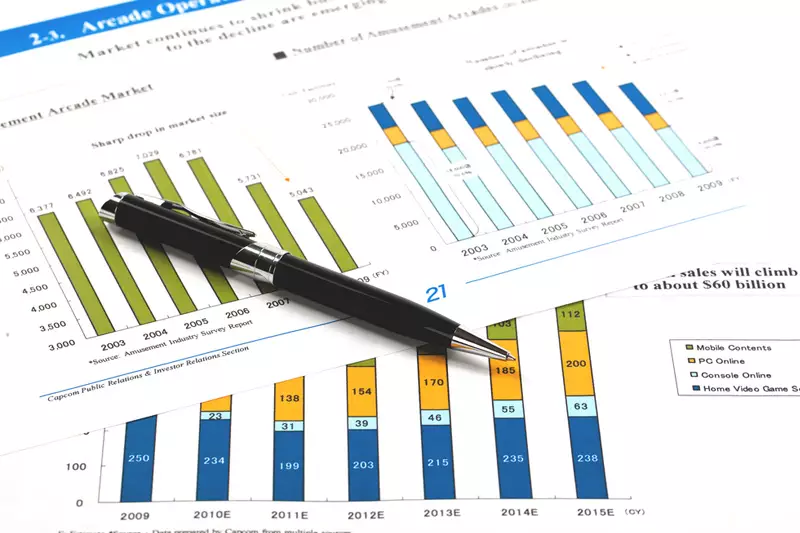Westpac, one of Australia’s leading banks, recently announced an increase in its share repurchase program by A$1 billion. In addition to this, the bank also declared a special dividend, citing a strong balance sheet despite a 16% fall in its first-half profit. The decline in profit was attributed to tight competition and high costs in the banking sector, which has put pressure on margins for many financial institutions.
One of the main challenges faced by Westpac and other major Australian banks, known as the “Big Four,” is the impact of rising competition and decreasing margins. The net interest margin for Westpac fell to 1.89%, down 7 basis points from the previous year. This decline, coupled with stagnant net interest income, has put pressure on the bank’s profitability. The consumer division of the bank, responsible for a significant portion of the country’s mortgages, saw a substantial 32% drop in first-half profit due to increased competition.
Despite the challenges faced by Westpac, the bank reported a net profit of A$3.34 billion, slightly below the previous year’s figures. The announcement of an interim dividend of 75 Australian cents per share and a special dividend of 15 cents per share was received positively by the market. Additionally, the decision to increase the share buyback program by A$1 billion was seen as a vote of confidence in the bank’s financial position.
Analysts at Citi highlighted the strength of Westpac’s capital management strategy, particularly in terms of dividends and share buybacks. The bank’s common equity tier 1 ratio, a key measure of financial strength, stood at 12.55%, well above the operating range. In comparison to other major Australian banks, such as National Australia Bank, Westpac’s valuation was seen as more attractive.
Westpac’s decision to increase its share repurchase program and declare a special dividend reflects the bank’s confidence in its financial stability. Despite the challenges posed by competition and narrowing margins, the bank’s strong balance sheet and capital management strategies have positioned it well for the future. The positive market response to these announcements indicates a vote of confidence in Westpac’s ability to navigate the current economic environment.

